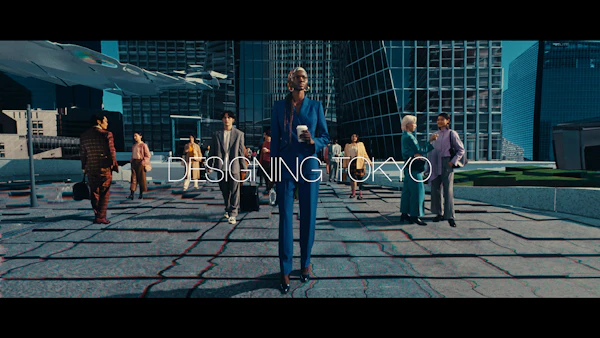Azabudai Hills:Concept
麻布台ヒルズ:コンセプト
"MODERN URBAN VILLAGE" ― a huge open space filled with lush greenery, bringing people closer together
Azabudai Hills is a completely new urban development, unparalleled in terms of its development philosophy. As technology advances, drastically changing ways of working and living, questions like "What should a future city be like?" and "What is the essence of a city?" abound. Mori Building has always believed that "the essence of a city exists within people living and working there." Our ideas have continued to evolve, and now our approach is completely centered on people, and urban environments as places where people live and work in vibrant and creative ways.
The concept of Azabudai Hills is a Modern Urban Village, a huge open space in the heart of Tokyo filled with lush greenery that brings people together to build a new community. The two pillars of the Modern Urban Village are "Green & Wellness," which support the formation of a diverse new community where people can enjoy genuine human lives in an overwhelmingly verdant environment in harmony with nature.
Concept movie | Living in a city
Green & Wellness for enhanced lifestyles
The two pillars of this "MODERN URBAN VILLAGE" are "GREEN" and "WELLNESS". Overwhelmingly verdant, a diverse community assembles in an environment that is in harmony with nature, forming a new community where people can genuinely live human lives.
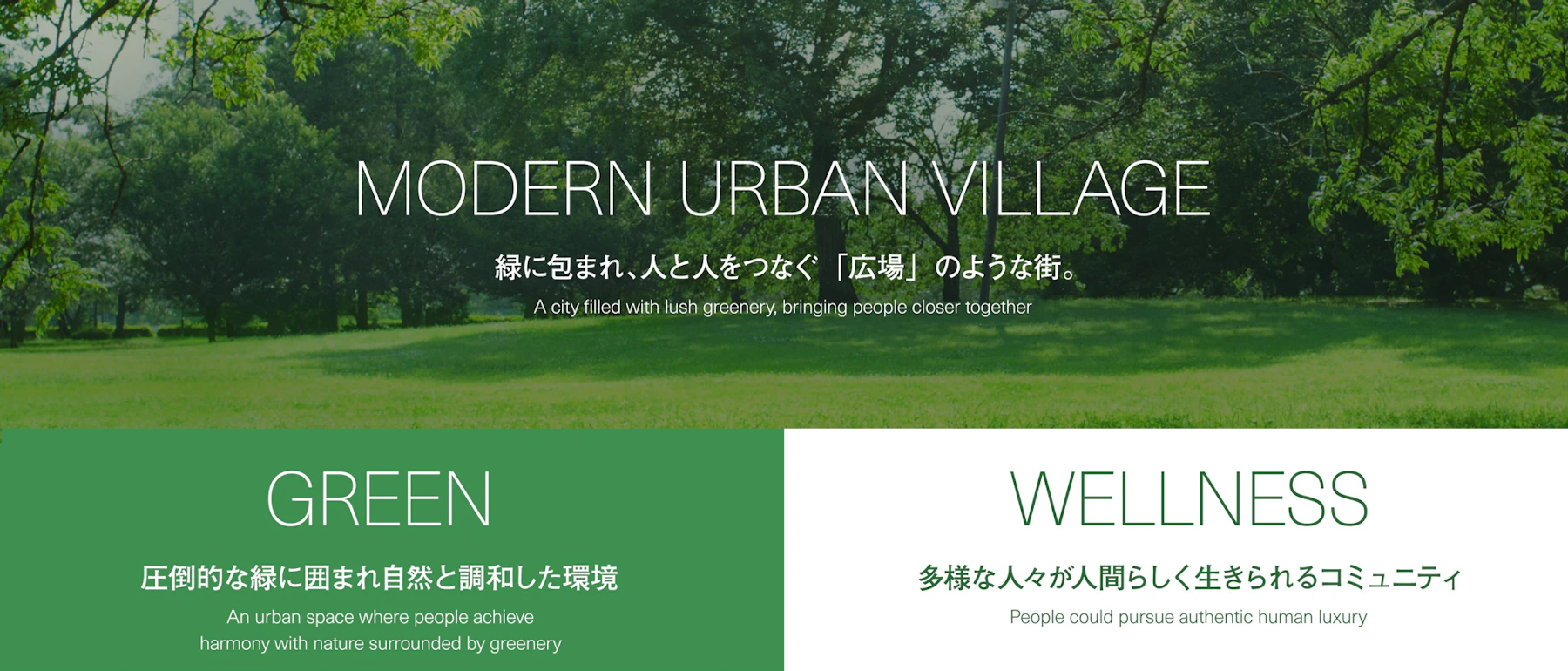
Green
Where People, Surrounded by Greenery, Achieve Harmony with Nature
Compact high-rise towers have allowed a large amount of green space—a symbol of Azabudai Hills—to be added to the area. By aggregating numerous small plots of land and then building three skyscrapers on the site, a huge open space filled with greenery has been created on the ground level. This is the basis of the Vertical Garden City concept that Mori Building has been focused on over many years.
The architectural planning of Azabudai Hills began with planning the flow of people and a seamless landscape with a central square, aiming to realize a Modern Urban Village. Proper locations were then considered for three high-rise towers, enabling them to melt into the lush greenery. This is the opposite of the traditional approach of placing the buildings first and then filling in the rest of the space with greenery.
By taking advantage of the topographical differences of the area and providing greenery throughout the site—including the low-rise rooftops of podium buildings—approx. 24,000m² of green space were created, including the approx. 6,000m² Central Green (central square). As a result, Mori Building has been able to create a relaxing urban oasis filled with trees, flowers and waterscapes in the heart of Tokyo.
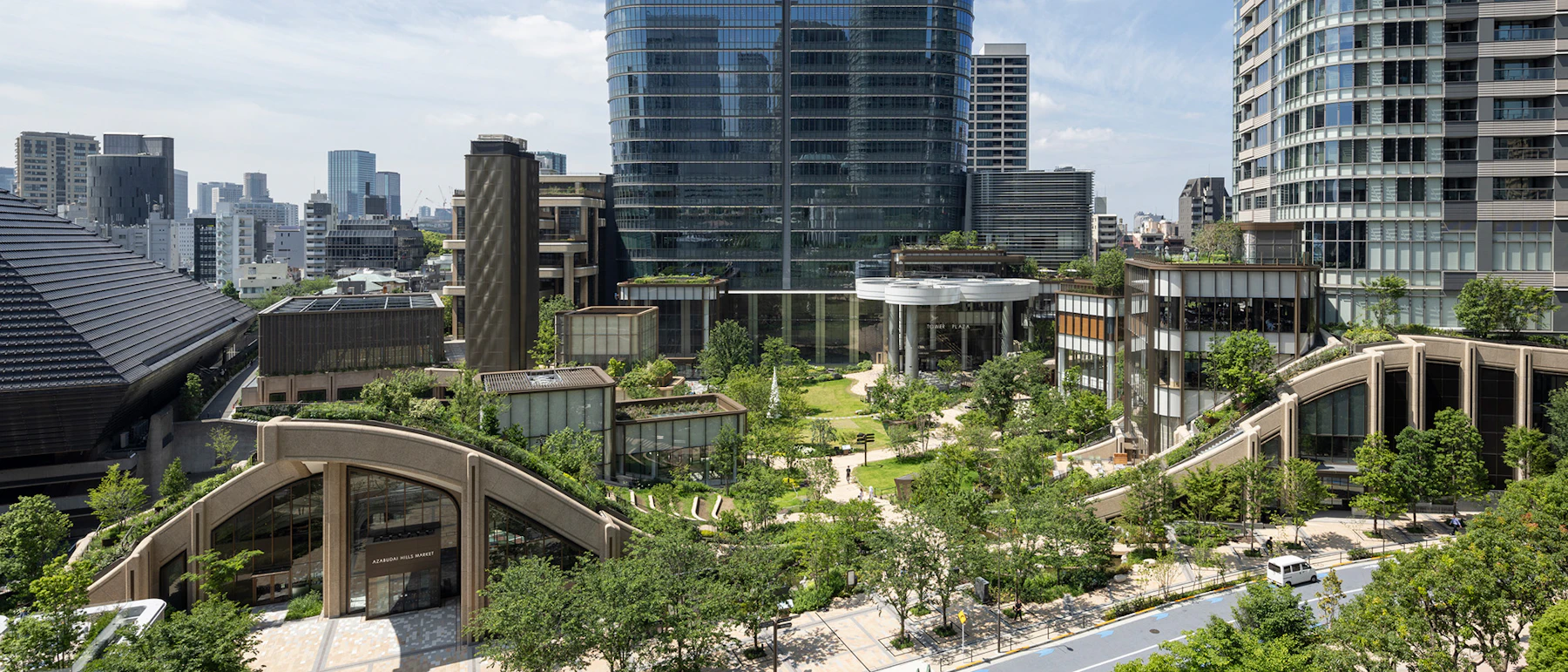
Introducing compact high rises has enabled a vast amount of greenery to be added to the area
Green Space where People will Feel the Seasons
Azabudai Hills will provide greenery that touches people's daily lives with a diverse array of some 320 species of plants that will change the atmosphere of the complex with each new season. For example, the Central Green area is planned around deciduous trees so that people can feel the change of seasons, reflected by a 13-meter-high zelkova as well as other indigenous trees including hakuunboku, inushidashi, konara, aodamo and Japanese maples.
Water flowing throughout the site among the terrain's differing elevations will lead to the Central Green, where an ecotone of aquatic plants, grasslands and shrubbery will create a hierarchical structure of plants providing homes for living creatures.
Revived nature in an urban setting requires constant care, so people at Azabudai Hills will be encouraged to immerse themselves in the greenery and help to nurture it. This will be a place where people live, work and think about life while nurturing a sustainable natural environment.
The diverse vegetation of the area's plateaus, valleys and waterscapes will be woven into the richly undulating topography, nurturing creatures and changing with the seasons. At Azabudai Hills, people will feel like they are part of this ecosystem, living in harmony with a wide variety of plants and animals.
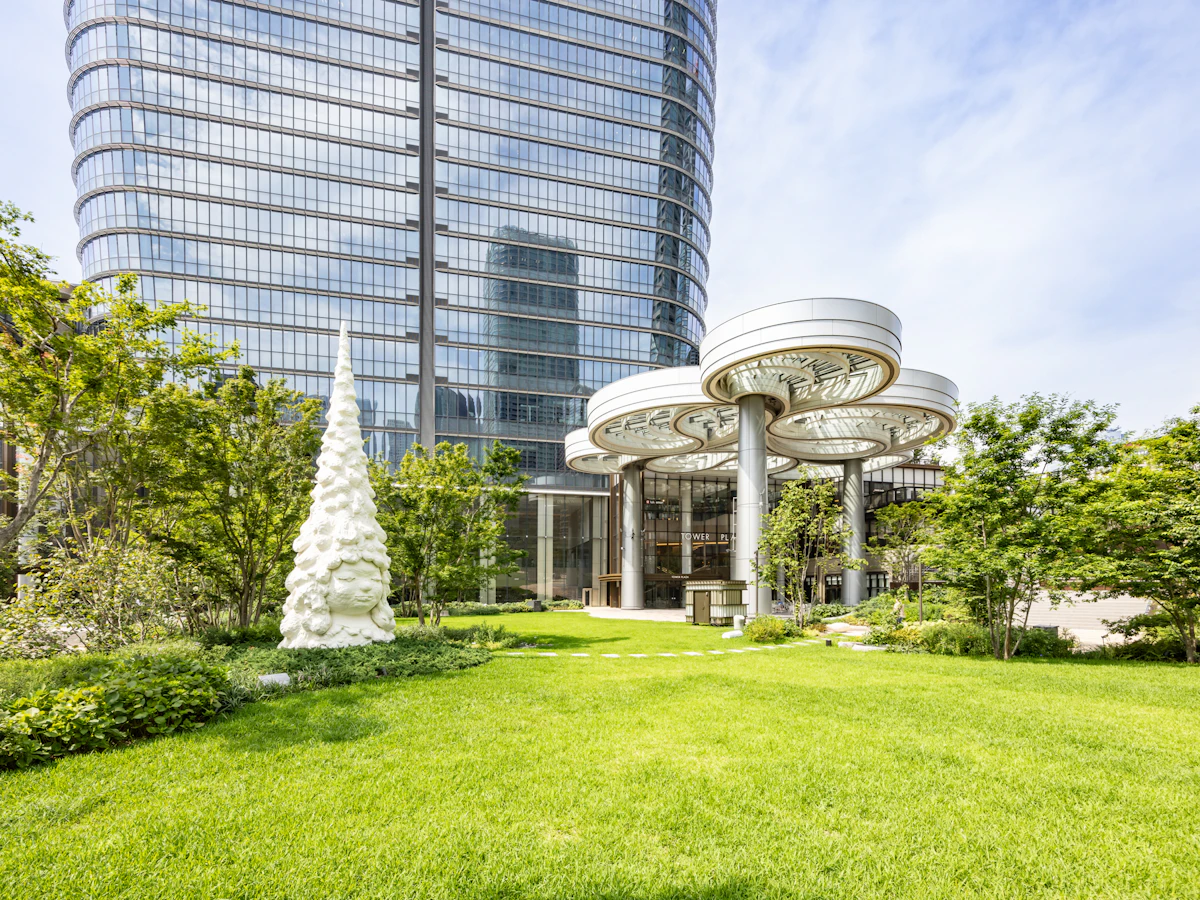
The approx. 6,000m² large Central Green with lush greenery
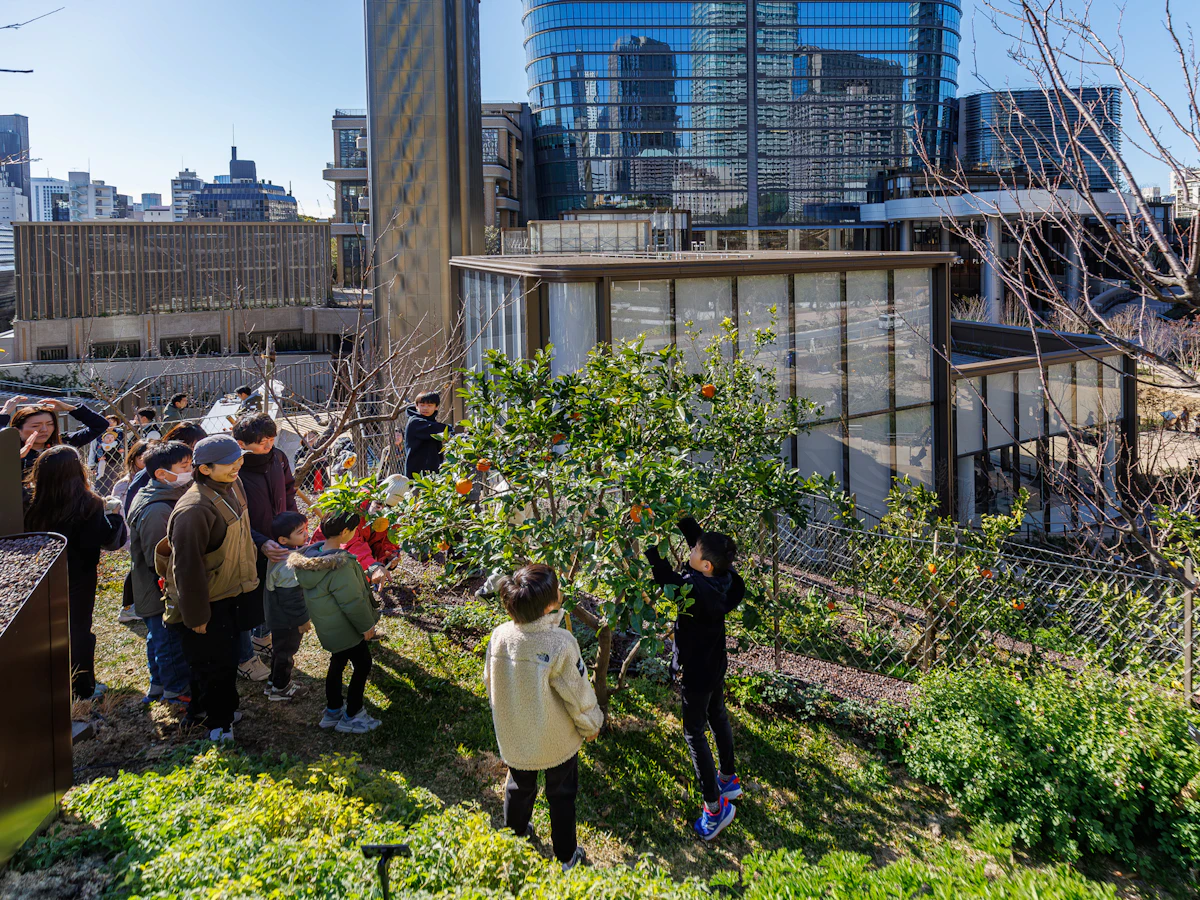
Orchard on a building rooftop
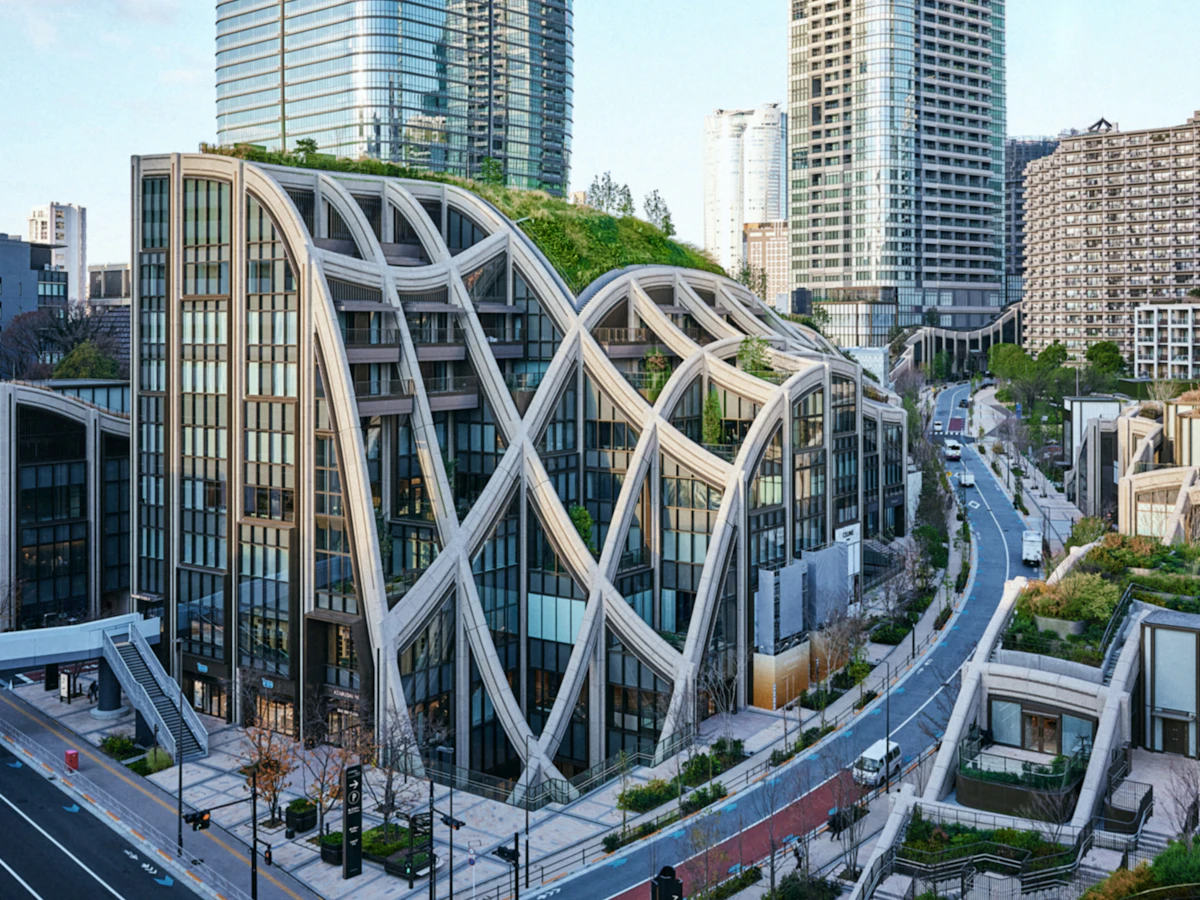
Garden Plaza with rooftop greenery
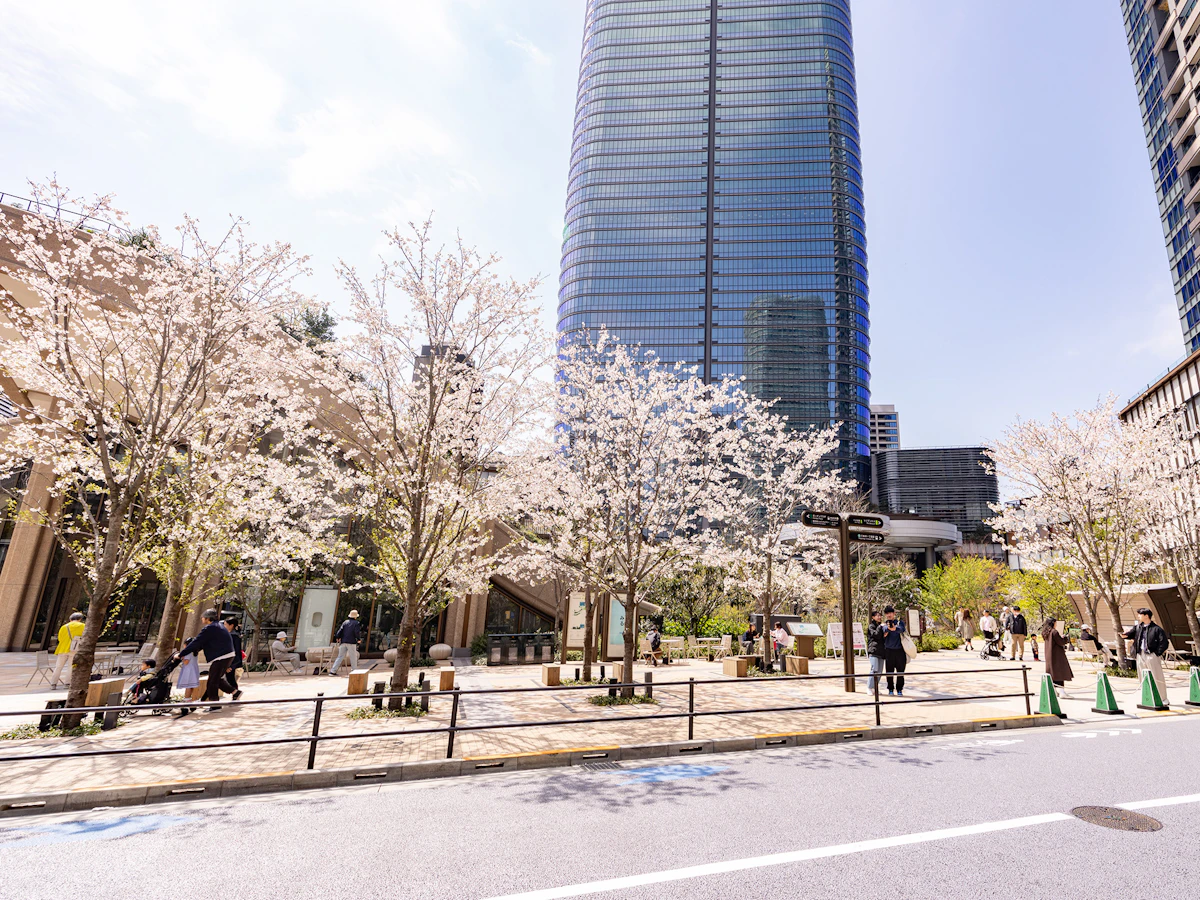
Sakura-asa Street
Promoting Sustainability Through Urban Development
In terms of environment, the entire city is promoting citywide efforts to decarbonize and recycle resources. 100% of the electricity supplied to the complex will come from renewable sources, meeting the targets set by the Renewable Energy 100% (RE100) international environmental initiative led by the UK's Climate Group.
Azabudai Hills is on track to receive a top-level Platinum certification in the Leadership in Energy & Environmental Design (LEED) ND (Neighborhood Development) category for mixed-use developments, and BD+C (Building & Design/Core and Shell Development) for newly constructed tenant buildings.
Wellness
A Complex where Residents can Achieve Wellness
Wellness is not just about eating a healthy diet and exercising regularly; it is also about mental well-being, working smart, and creating fulfilling relationships with one's community. Wellness, including both physical and mental health—all important topics in today's world—are one of the pillars supporting the concept "Modern Urban Village" of Azabudai Hills.
Azabudai Hills will be a place where people can strive for better health in a nourishing living environment.
By connecting spas, fitness clubs, restaurants and grocery stores with medical facilities at the core, it will all work together in a system that links wellness to all aspects of living and working in the complex.
Furthermore, Azabudai Hills will deploy cutting-edge digital technology through joint research with Keio University, for advanced wellness focused on modern issues such as extended healthy lives and improved well-being.
The office and retail spaces of Mori JP Tower has received preliminary WELL precertification in recognition of features such as greenery in the Central Green, high-quality indoor air, healthy meals at cafes, and exercise opportunities including walkways throughout the property.
Upon completion, this will be the world's largest Platinum-certified property.
Moreover, if the tower receives the envisioned top-ranking Platinum certifications from WELL, in addition to LEED ND and LEED BD+C, it is expected to become the world's first skyscraper to achieve this accomplishment.
- Keio University Center for Preventive Medicine Opening Soon in Azabudai Hills(November,2023)
- Mori Building Launches Joint Research Project with Keio University School of Medicine (Mar 2022)
- Keio University and Mori Building Conclude Basic Agreement Aimed at Realizing a Healthier and More Active Society (Mar 2021)
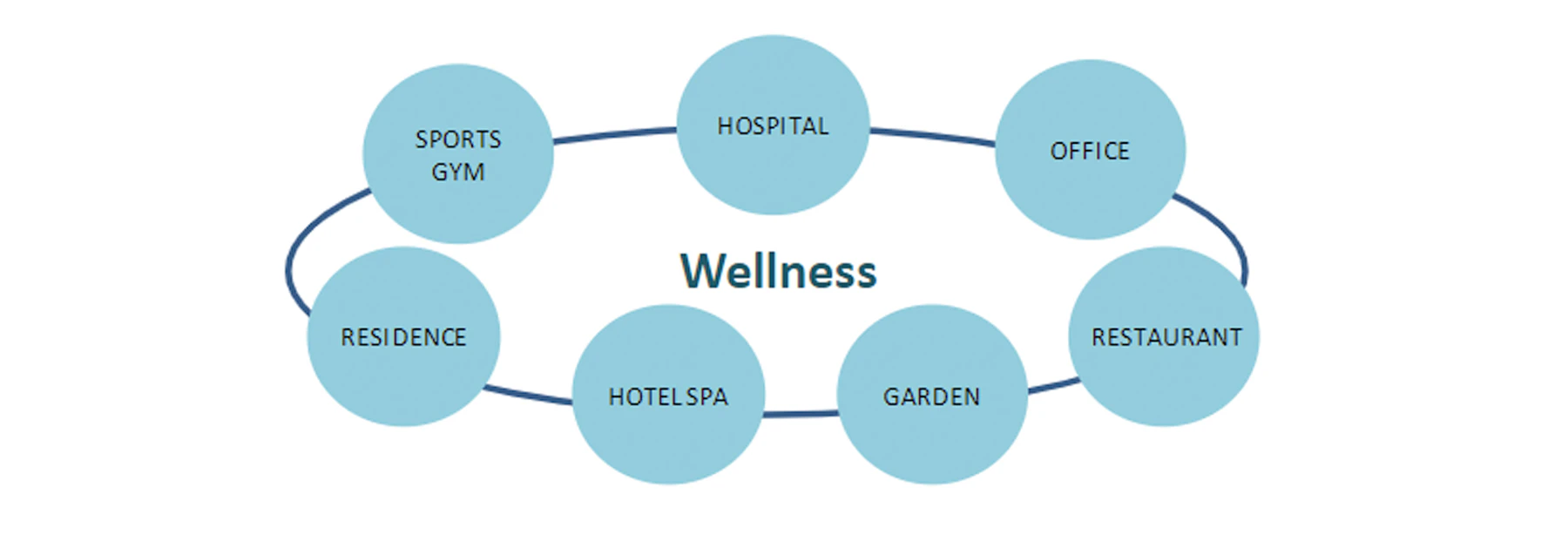
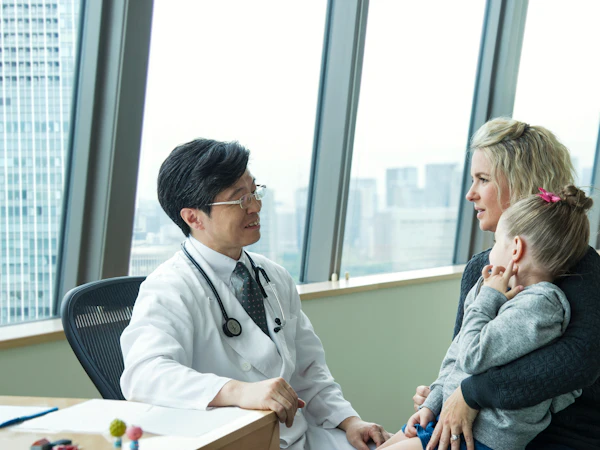
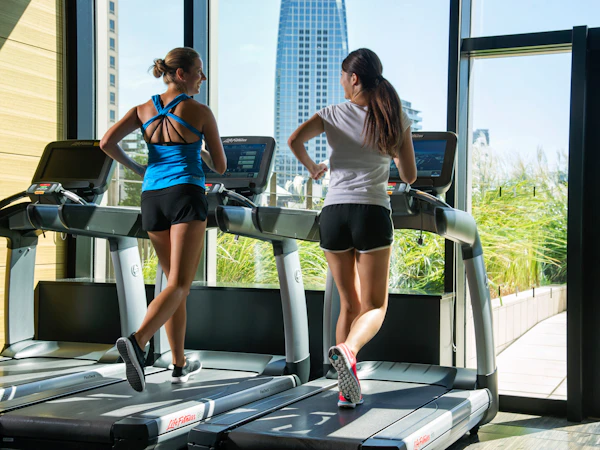
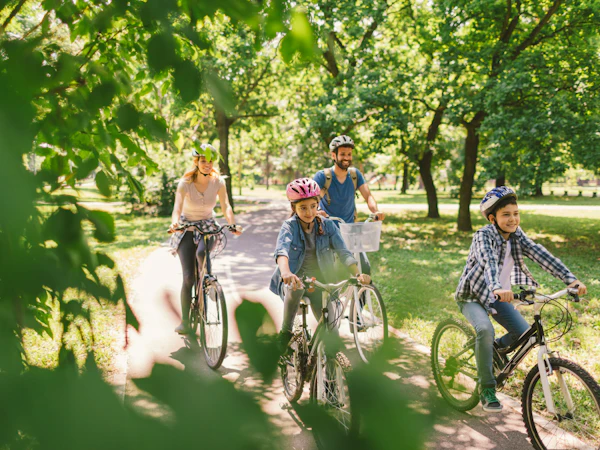
RE100 (Renewable Energy 100%)
A global corporate initiative that aims to ensure that 100% of electricity used by businesses will be provided from renewable sources by the year 2050. The number of member companies has increased in recent years, particularly those with global operations. There are 191 member companies worldwide, including 20 Japanese companies (as of Aug. 2019).
LEED -Leadership in Energy & Environmental Design
A performance evaluation program that focuses on the strategy to build high-level environment for architects and cities. It authenticates buildings which promote sustainable clean energy, and is considerate of one's health, while reducing costs and capital as well. (from "Green Building Japan")
LEED ND (Neighborhood Development) evaluates from the plan phase to the construction phase of complex area development.
The WELL Building Standard ™ (WELL certification)
An evaluation system that aims to create a better environment by incorporating consideration for the concept of "human health" in the design, construction and operation of living spaces. Complementing the evaluation of environmental performance by bodies such as LEED and CASBEE, this is the world's first building and indoor environmental evaluation system that focuses on the health and comfort of those living and working in specific environments. In particular, various aspects of design with a potential impact on residents' health are evaluated and verified from a medical standpoint as well as from an environmental engineering perspective. (Reference: Green Building Japan).
Logo Design Embodies the Concept of the Complex
The logo also emphasizes the ideas of "mutual respect for the individual," "a spirit of acceptance," "being free and natural," and "a flexible attitude."
The Azabudai Hills logo incorporates on a light, original font and green lines symbolizing nature, which change flexibly according to location and media. The logo expresses the identity of the entire complex as a community that embraces and nurtures wide-ranging people and values that will encompass further diversity over time.
The Azabudai Hills logo is the creation of art director / graphic designer Yuri Uenishi.

Base Typeface

Logo Variations

